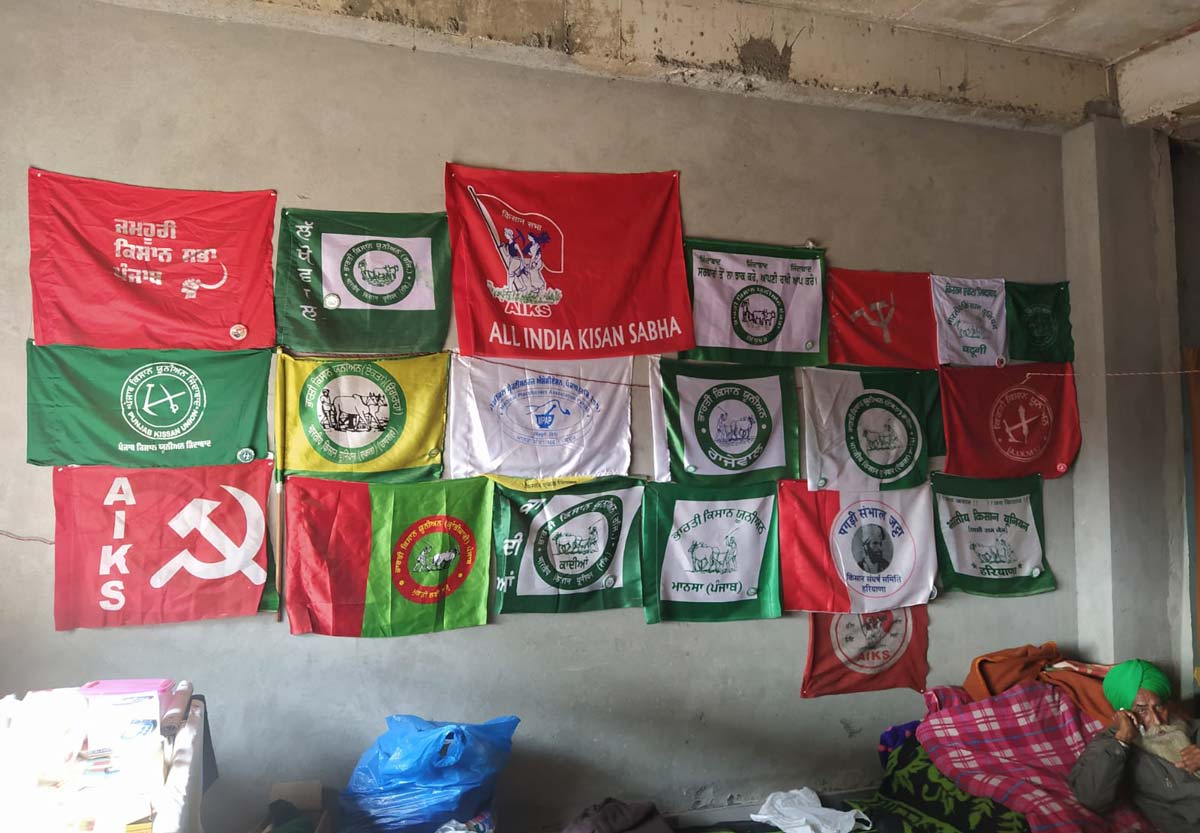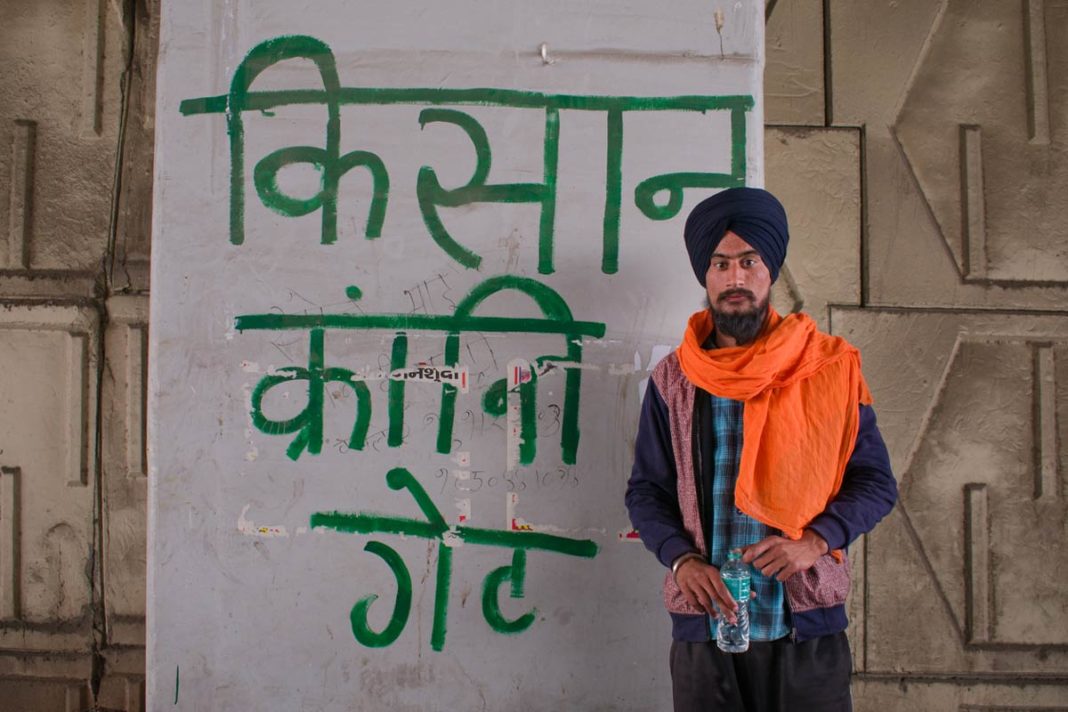19th November 2021 has the potential to go down in history as a landmark date.
On this day, Indian prime minister Narendra Modi surprised the nation by announcing the repealing of the three contentious Farm Laws, often referred by many as the ‘Three Black Laws’.
After almost a year of, what has been inarguably the biggest protest movement in recent times, led by the farmers, mainly from Punjab, Haryana and Uttar Pradesh, the government of India blinked.
How will it play out? Before getting into that, let us do a quick recap of the events leading upto this.
The Background
In September 2020, President Ram Nath Kovind gave his assent to the three ‘Agriculture Bills’ that were earlier passed by the Indian Parliament. These Farm Acts are as follows:
- Farmers’ Produce Trade and Commerce (Promotion and Facilitation) Act, 2020
- Farmers (Empowerment and Protection) Agreement on Price Assurance and Farm Services Act, 2020
- Essential Commodities (Amendment) Act, 2020
Before this, on 5th June 2020, The Farmers (Empowerment and Protection) Agreement on Price Assurance and Farm Services Ordinance, 2020 was promulgated by the Union Cabinet. It creates a national framework for contract farming through an agreement between a farmer and a buyer before the production or rearing of any farm produces.

Farmers (Empowerment and Protection) Agreement on Price Assurance and Farm Services Act, 2020
The provisions of this Act:
- Farming Agreement: The Act provides for a farming agreement between a farmer and a buyer prior to the production or rearing of any farm produce.
- Minimum Period of Farming Agreement: The minimum period of the farming agreement shall be for one crop season or one production cycle of livestock.
- Maximum Period of Farming Agreement: The maximum period of the farming agreement shall be five years. It also states that if the production cycle of any farming produce is longer and may go beyond five years, the maximum period of the farming agreement may be mutually decided by the farmer and the buyer and explicitly mentioned in the farming agreement.
- Pricing of Farming Produce: The pricing of farming produce and the process of price determination should be mentioned in the agreement. For prices subjected to variation, a guaranteed price for the produce and a clear reference for any additional amount above the guaranteed price must be specified in the agreement.
- Settlement of Dispute: The Act provides for a three-level dispute settlement mechanism—Conciliation Board, Sub-Divisional Magistrate and Appellate Authority.
Farmers’ Produce Trade and Commerce (Promotion and Facilitation) Act, 2020
This Act permits intra and inter-state trade of farmers’ produce beyond the physical premises of Agricultural Produce Market Committee (APMC) markets and other markets notified under the state APMC Acts.
The provisions of this Act:
- Trade of Farmers’ Produce: The Act allows the farmers to trade in outside trade areas such as farm gates, factory premises, cold storages, and so on. Previously, it could only be done in the APMC yards or Mandis.
- Alternative Trading Channels: It facilitates lucrative prices for the farmers via alternative trading channels to promote barrier-free intra-state and inter-state trade of agriculture produce.
- Electronic Trading: Additionally, it allows the electronic trading of scheduled farmers’ produce (agricultural produce regulated under any state APMC Act) in the specified trade area. It will also facilitate direct and online buying and selling of agricultural produce via electronic devices and the internet.
- Market Fee Abolished: As per the Act, the State Governments are prohibited from levying any market fee or cess on farmers, traders and electronic trading platforms for trading farmers’ produce in an ‘outside trade area’.
Essential Commodities (Amendment) Act, 2020
It is an act of the Indian Parliament that was enacted in 1955 to ensure the delivery of certain commodities or products, the supply of which if obstructed owing to hoarding or black-marketing would affect the normal life of the people. This includes foodstuff, drugs, fuel (petroleum products) etc.
Powers of Central Government:
- The Government of India regulates the production, supply, and distribution of a whole host of commodities it declares ‘essential’ in order to make them available to consumers at fair prices.
- The Government can also fix the MRP of any packaged product that it declares an ‘essential commodity’.
- The Centre can add commodities to this list when the need arises and can take them off the list once the situation improves.
- If a certain commodity is in short supply and its price is spiking, the Government can notify stock-holding limits on it for a specified period.
Powers of State Government:
The respective State Governments can choose not to impose any restrictions as notified by the Centre. However, if the restrictions are imposed, traders have to immediately sell any stocks held beyond the mandated quantity into the market. This is done to improve supplies and brings down prices.
Amendment:
With the amendment in the Act, the Government of India will list certain commodities as essential to regulate their supply and prices only in cases of war, famine, extraordinary price rises, or natural calamities. The commodities that have been deregulated are food items, including cereals, pulses, potatoes, onions, edible oilseeds, and oils.
Stock Limit:
As per the amendment, the imposition of any stock limit on agricultural produce will be based on price rise and can only be imposed if there’s—a 100% increase in the retail price of horticultural produce and a 50% increase in the retail price of non-perishable agricultural food items.
Calculation:
The increase will be calculated over the price prevailing immediately preceding twelve months, or the average retail price of the last five years, whichever is lower.

The Political Response
The National Democratic Alliance government used it’s brute majority to get the three contentious bills passed in both houses of the parliament. This was by voice vote despite opposition MPs asking for a division, i.e. a recorded vote, which the government was in no position to win. The stubborn stand of the regime, on 20th September 2020, to not refer these Acts to a Select Committee for further deliberation and consultation was reflective of their highhandedness.
As expected, the opposition was up in arms against the Bills and the manner in which they were passed in the parliament. Rahul Gandhi, former President of Indian National Congress, led tractor rallies between 4th – 6th October 2020 in Punjab and Haryana in protest against the Farm Laws. These rallies were just the sign of things to come.
The government counted on it’s sheer numbers in the parliament to bulldoze their way through. They counted on their well oiled ecosystem to build a narrative favorable to the laws. And they hoped to brazen it out within a month or two, at most.
But discontent was brewing somewhere else. Of the magnitude not expected by anybody.
The discontent was brewing among the ones who would be directly affected by these laws, the Indian farmers. They were fearing that they might lose more than they could gain after the new Farms Laws 2020 thereby taking the protest to the streets.
As quoted by ANI, Bhartiya Kisan Union leader Rakesh Tikait stated, “ They (Central Government) want amendment in them (Farm Laws 2020) but we want these laws to be repealed. We don’t want changes. We will end our protest only when these laws are withdrawn. Like the government brought the three bills, they should also bring a bill on the MSP.”
The protests started in Punjab and then moved to neighbouring Haryana and Uttar Pradesh. Gradually it gathered strength and spread to other corners of the country. And before long it started making headlines in international media. It received support from unexpected quarters. From Justin Trudeau of Canada to pop sensation Rihanna.
A regime that is extremely sensitive to perception and imagery should have sensed danger. It should have been more flexible in it’s dealings with the Kisan Unions that were leading the movement. Yes. The protest had transformed itself into a movement. One that had captured the nation’s imagination.
The Central Government resorted to its often successful technique of discrediting a movement or a protest. It unleashed a huge propaganda and misinformation war on the farmers. Ably helped and supported by a pliant and compromised fourth estate, the media.
The farmers held on, through winter, summer and often torrential rains. 700 hundred lives were lost. They stood firm against unprecedented provocation, attempts of coercion and brutal repression. Matters came to a head when four protesting farmers were mowed down by a car belonging to the son of a minister in Modi’s cabinet, the junior home minister Ajay Kumar Mishra. It later transpired that the son, Ashish Teni was present in the car during this horrific incident. This happened in Lakhimpur Kheri in Uttar Pradesh.
This act of horrific violence would turn out to be the turning point. First, it brought the farmers’ movement back in the headlines. Second, it galvanised the political opponents, mainly Congress, on the ground in poll bound Uttar Pradesh. Third, Bharatiya Janata Party could sense real discomfort in the Jatlands of Western Uttar Pradesh, one of the nerve centres of this movement.
Results of the last round of by-polls bore testament to the fear that things could go horribly wrong in next year’s Assembly elections.
Punjab, which also goes to polls next year, is almost a lost cause. The movement could do some real damage in the very critical state of Uttar Pradesh as well.
The Announcement of Repeal and the Aftermath
PM Modi chose the day of the announcement to coincide with Guru Nanak Jayanti. A not too subtle attempt to tug at the sentiments of the Punjab electorate. And he wrapped it as a “gift” to the farmers. With an eye on Uttar Pradesh as well as Uttarakhand.
So what does this really mean or amount to?
To be very precise, the nation took a note of a chink in Modi’s armour. After nearly 14 months of obdurate intransigence, the govt realised that it was time to blink. After months of propaganda & misinformation war the govt repealed the contentious Laws. Inspite of what the ecosystem, favorable to this regime, would have us believe, that this decision was taken for the greater good of the nation and it’s security, it was actually done with an eye on the polls. Punjab & UP Elections, to be specific. What impact will this have on those polls? It’s hard to predict. Depends on a lot of variables. Depends on how much can different political parties manage to appropriate credit for this decision. Congress is not too good at it. Otherwise they should’ve been the front runners. It’ll be difficult for BJP to claim credit, directly. So they may use proxies. Like Captain Amarinder Singh from Punjab. Or what kind of deals they can strike with Farmers’ leaders from UP.
But we should do well to remember that, the farmers, rooted to the soil that they are, cannot be accused of having the shortest memory. 700 lives lost. Demonised through a concerted media war. The Khalistani jibes. Being labelled as Urban Naxals, or being in cahoots with foreign hands, ISI etc etc. Not to forget that the father of the man, responsible for Lakhimpur Kheri violence is still a minister in the Modi govt. But then again, if nothing works there’s always Crocodile Tears to fall back on. Abundance of it. The farmers have not backed down yet. They want the laws repealed in the parliament. Their demand regarding the MSP is yet to be met.
What does this mean for the bigger picture? This is a chink. The Modi Cult is built around the persona of a STRONGMAN. That persona has taken a hit. The nation knows that China is on our soil. And the PM can’t do a thing about it. His mismanagement of the Covid 2nd Wave is known to all. The STRONGMAN image was taking care of issues like unemployment, inflation & an economy on a downward slide. But what if that very image has taken a beating?
Let me leave you with this
We know of a Ray classic, Hirok Raja’r Deshe. Ray used the symbolic pulling down of the statue to end the tyrant’s rule. Dori dhore maaro taan, Raja hobe khaan-khaan, which translates to “pull the rope harder, the emperor will fall”. The statue of the emperor was the aura. Dismantle the aura. The larger than life persona. And the most powerful will be brought to his knees. History is replete with such examples. Be it Ceausescu in Romania or Saddam in Iraq.
Similarly, the very fact that Mr. Modi had to blink and repeal the Farm Laws, often referred to as the ‘Three Black Laws‘, is proof that he is not invincible. Nor are his well-oiled machineries infallible. They tried hard to discredit and demonise this movement. And failed. The movement continued to enjoy the support of a large section of the Indian population.
A lot of things could change from here on. If Bharatiya Janata Party fails to perform in the upcoming elections, there could be a domino effect that could have a huge impact in 2024 Lok Sabha polls. If only the opposition got their act together and played it smart from here on.
Also Read:
~ News4masses is now also on Google news
~ If you want to contribute an article / story, please get in touch at: news4masses[at]gmail[dot]com



















